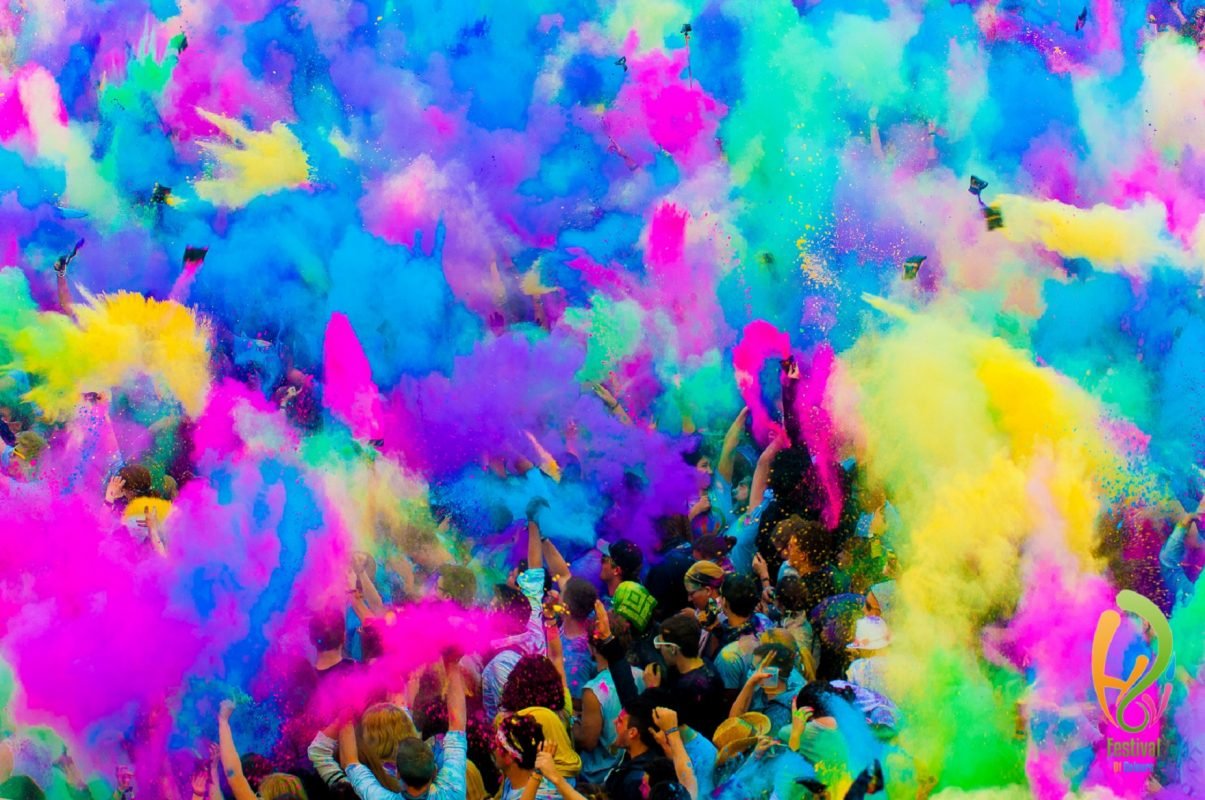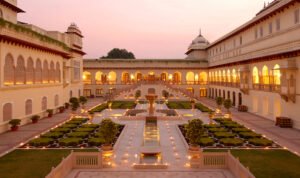Holi, the Festival of Colors, is one of India’s most joyous and energetic celebrations. It marks the arrival of spring and is a festival that breaks all boundaries of caste, creed, and age, bringing people together in a riot of colors, laughter, and love.
The Legend Behind the Colors
Holi has its roots in ancient Hindu mythology. One of the most popular legends is that of Prahlad and Holika, symbolizing the victory of devotion and righteousness over evil. Holika, the evil sister of demon king Hiranyakashipu, was burned in a fire while trying to harm Prahlad, a devout follower of Lord Vishnu. This gave rise to Holika Dahan, a ritual bonfire that’s lit on the night before Holi to signify the burning away of evil.
In another beautiful tale, Holi is associated with Lord Krishna and Radha, where Krishna playfully colored Radha’s face. This charming story of love and playfulness is re-enacted every year during Holi festivities, especially in the Braj region of Uttar Pradesh.
How India Celebrates Holi
Holi is a two-day celebration that explodes with excitement and energy:
Holika Dahan: On the eve of Holi, bonfires are lit in neighborhoods, where people gather to sing, dance, and celebrate the burning of negativity and evil.
Rangwali Holi: The next morning, streets across India transform into a canvas of colors. People of all ages throw gulal (colored powder), splash water, dance to music, and celebrate freely with friends, family, and strangers.
Music & Dance: Loud music, dhol beats, and spontaneous dance make Holi a lively affair in every corner of the country.
Delicious Food: No Holi celebration is complete without gujiyas, thandai, pakoras, and other festive treats.
Forgiveness & Togetherness: Holi is also seen as a time to forgive past grievances and strengthen relationships.
A Festival of Unity and Renewal
More than just colors, Holi spreads the message of harmony, renewal, and joy. It’s a day when hearts open, laughter echoes, and everyone becomes part of one vibrant community.









